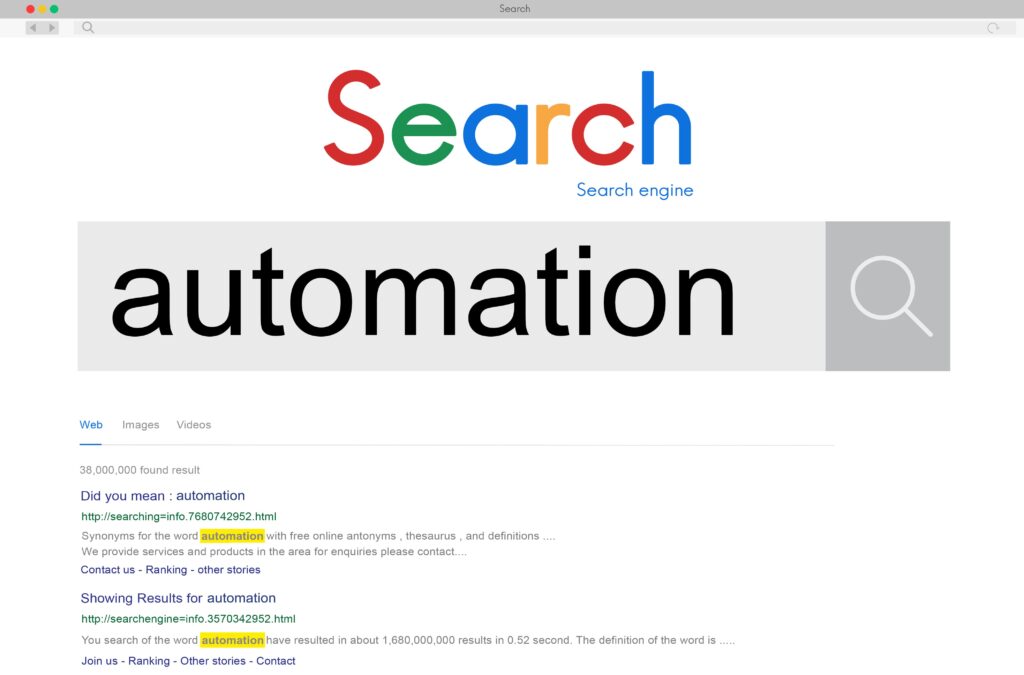
If you’re in the digital marketing world, you’ve likely heard about Google’s algorithm. But what exactly is it, and how does it impact your website’s ranking on search engines? Whether you’re running an e-commerce site, managing a blog, or overseeing a company’s online presence, understanding Google’s algorithm is crucial to your SEO success.
Let’s dive into the details of Google’s algorithm, what you need to know about its latest updates, and how you can leverage this knowledge to boost your online visibility.
What Is Google’s Algorithm?
At its core, Google’s algorithm is a complex system that determines which websites appear on the search engine results pages (SERPs). When you type a query into Google, the algorithm quickly sorts through billions of pages to deliver the most relevant results. The goal? To provide users with the best possible experience by showing them content that’s both useful and relevant.
Google’s algorithm isn’t just one static formula. Instead, it’s a constantly evolving system made up of hundreds of ranking factors. These factors range from the use of keywords to the quality of backlinks to the overall user experience on your website. Understanding how these factors interact can help you improve your site’s SEO and climb higher in the rankings.
How Does Google’s Algorithm Work?
Google’s algorithm works by crawling, indexing, and ranking web pages. Here’s a breakdown of how this process works:
Crawling
Google sends out bots (known as Googlebots or spiders) to scan the internet for new and updated content. These bots follow links from one page to another, gathering information about each page they encounter.
Indexing
Once the bots have crawled a page, Google stores the information it gathered in its index. This index is like a giant library where Google can reference pages when someone enters a search query.
Ranking
When a user types a query, Google’s algorithm analyzes the indexed pages and ranks them based on relevance, quality, and user experience. The highest-ranking pages are the ones that show up at the top of the SERPs.
Google’s algorithm takes into account a variety of factors when ranking pages, including:
- Relevance: How closely does the content match the search query?
- Authority: Is the content from a trustworthy source?
- User Experience: Is the site easy to navigate? Does it load quickly on all devices?
- Content Quality: Is the content informative, well-written, and up-to-date?
Key Google Algorithm Updates You Should Know About

Google regularly updates its algorithm to improve search results and provide a better user experience. Some of these updates are small, while others can have a significant impact on how websites are ranked. Here are some of the key updates you should be aware of:
Panda (2011)
The Panda update focused on content quality, penalizing sites with low-quality or duplicate content. It aimed to reward high-quality websites that provided valuable and unique information to users.
Penguin (2012)
The Penguin update targeted sites with unnatural or spammy backlinks. Google wanted to discourage manipulative link-building tactics and promote sites with organic and relevant backlinks.
Hummingbird (2013)
Hummingbird introduced the concept of semantic search, which allowed Google to understand the intent behind a search query rather than just focusing on individual keywords. This update emphasized the importance of creating content that answers users’ questions comprehensively.
Mobilegeddon (2015)
As mobile usage skyrocketed, Google rolled out Mobilegeddon, prioritizing mobile-friendly websites. Sites that weren’t optimized for mobile devices saw a drop in rankings, reinforcing the need for responsive design.
RankBrain (2015)
RankBrain was a game-changer that introduced artificial intelligence (AI) into Google’s algorithm. RankBrain helps Google process and understand search queries better by learning from past searches. It’s especially effective for handling long-tail keywords and ambiguous queries.
BERT (2019)
BERT (Bidirectional Encoder Representations from Transformers) improved Google’s ability to understand the context of words in a sentence, particularly for conversational and natural language queries. This update made it easier for Google to comprehend the nuances of human language and provide more accurate results.
Core Web Vitals (2021)
Core Web Vitals is all about user experience. Google now measures three specific aspects: loading performance (Largest Contentful Paint), interactivity (First Input Delay), and visual stability (Cumulative Layout Shift). Sites that score well in these areas are more likely to rank higher.
How to Optimize Your Website for Google’s Algorithm

Now that you have a better understanding of how Google’s algorithm works, it’s time to optimize your website. Here are some practical steps to improve your site’s SEO and increase your chances of ranking higher on Google:
- Focus on High-Quality Content: Content is still king. Make sure your website offers valuable, relevant, and engaging content that meets the needs of your audience. Avoid keyword stuffing and instead focus on creating content that naturally incorporates keywords in a way that flows with the text.
- Optimize for Mobile: With mobile-first indexing, having a mobile-friendly website is essential. Ensure that your site is responsive, meaning it adjusts to fit the screen size of any device. Test your site on different devices to ensure that it looks and performs well.
- Improve Page Speed: A slow-loading site can hurt your rankings. Compress images, minify CSS and JavaScript, and consider using a content delivery network (CDN) to speed up your site. Google’s PageSpeed Insights tool can help you identify areas for improvement.
- Build Quality Backlinks: Backlinks from authoritative sites can significantly boost your rankings. Focus on earning backlinks from reputable sources by creating high-quality content that others want to link to. Avoid spammy link-building tactics, as they can lead to penalties.
- Enhance User Experience: A positive user experience is critical. Ensure that your site is easy to navigate, with clear calls to action and a clean layout. Prioritize accessibility, making sure your content is available to all users, including those with disabilities.
- Optimize for Core Web Vitals: As Google emphasizes user experience more, optimizing for Core Web Vitals is crucial. Focus on improving loading times, reducing input delay, and minimizing layout shifts.
- Use Structured Data: Implementing structured data (schema markup) can help Google better understand your content. This can improve your chances of appearing in rich snippets, which can increase your visibility on the SERPs.
- Keep an Eye on Algorithm Updates: Stay informed about Google’s algorithm updates and adjust your SEO strategy accordingly. While it’s impossible to predict every change, being proactive and staying informed can help you stay ahead of the competition.
Why Google’s Algorithm Matters to Your Business
Understanding and adapting to Google’s algorithm is essential for anyone who wants to succeed online. Whether you’re trying to drive traffic to your blog, increase sales on your e-commerce site, or boost your business’s online presence, SEO plays a pivotal role.
Google’s algorithm may be complex, but by focusing on creating valuable content, improving user experience, and staying up-to-date with the latest trends, you can increase your chances of ranking higher and reaching your target audience.
Elevate Your SEO Strategy with Wambui Njuguna
Mastering Google’s algorithm is no easy feat, but you don’t have to do it alone. Wambui Njuguna is here to help you navigate the complexities of SEO and create a strategy that works for your business. With a deep understanding of Google’s algorithm and years of experience in digital marketing, Wambui can help you optimize your website, boost your rankings, and achieve your online goals.
Don’t let Google’s algorithm stand in the way of your success—contact Wambui Njuguna today and take your SEO strategy to the next level!
